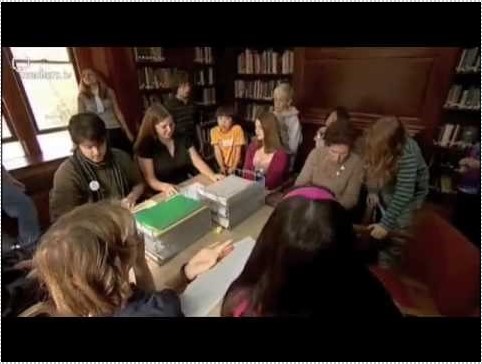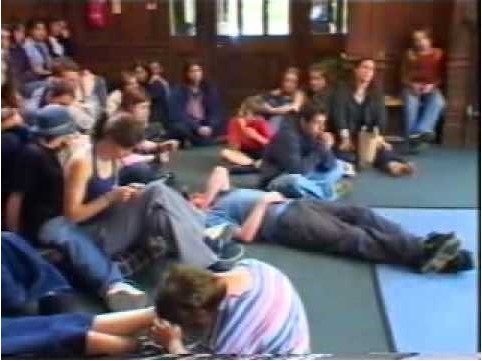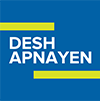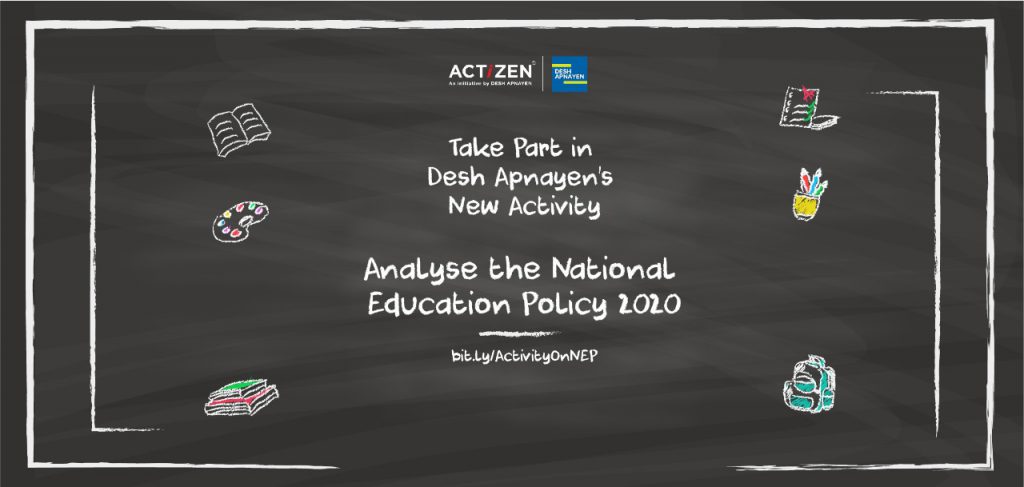

KLE November Activity – My Democratic School
EXPECTED OUTCOMES
- Students will be exposed to the concept of ‘democratic schools’.
- Students will understand the pros and cons of having of democracy in school.
- Students will apply their learnings to make their school more democratic.
Skills – Team Spirit, Communication skills, Critical thinking, Analytical skills
SESSION OVERVIEW
| S. No. | Session Details | Expected Time Required |
| 1. | Teachers kindly follow Steps 1, 2, and 3. | 45 Minutes |
| 2. | Teachers kindly follow Steps 4, 5, and 6. | 45 Minutes |
STEPS OF THE ACTIVITY
Period 1
Step 1: Introduction
Step 2: Video watching & discussion on it
Step 3: Planning for the next class
Step 1:
Start the session by introducing the topic in the class. (Kindly refer to the introduction given above)
Introduce the activity by saying that today we will try to understand the idea of ‘Democratic Schools’, and relate this concept to our own school through an activity called ‘My Democratic School’.
Step 2:
Display a small video to make them understand the concept.
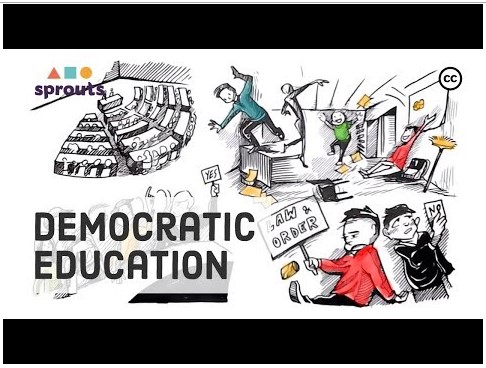

Conduct a discussion on the video to make them understand the concept of ‘democratic school’ and finer elements of the same.
Teacher can ask questions like–
- Do you see any difference between a regular school and a democratic school? What are some of these differences?
- Do you think schools should be fully democratic as mentioned in the video displayed? Yes/No, and why?
- What are some of the ways through which you can make your school more democratic?
Teacher can discuss each statement in detail and explain its context in relation to democracy.
After the concept of democratic school is clear with students. The teacher can move towards planning the next class.
Step 3:
Prepare for the next class (20 min)
1.Divide class into 6 groups – 3 groups for fully democratic school and 3 groups for regular school.
2.Share the list of topics they need to work on-
- Choice of subjects for students in Grade 8
- Admission policy in the school
- Assessment Pattern for 6th- 8th Grade
- Time-table setting for the academic year
- Clubs to be open in school starting this academic year
3.Explain that groups can select their own topic and decide the role of each team member keeping in mind the type of school assigned to them.
4.If required, explain that groups can select roles such as Principal, management/trustee, parent, teacher, Council Member, students, non-teaching staff etc (Don’t give too much direction, let them explore and apply their creativity)
5.Give enough time to the groups to discuss the topic selected and how they would like to perform the role-play. If time permits, they can write dialogues too or they can meet offline and work on the same.
6.Ask groups to come prepared with their role-plays in the next class.
a. For Research and preparation, share these links with the students-
- Democratic schools group students can research on the topic- ‘Democratic Schools’ Reference link: Democratic Schools - Evolving Education
(Refer annexure for additional links, if required)
- Regular school group students will research on their own school and general school system in India.
Refer: Your school Handbook/Rule book/school website
Period 2:
Step 4: Main Activity
Step 5: Discussion and Debrief
Step 6: Explanation of Reflection Sheets & Feedback Form
Step 4:
Main Activity–
- Students’ group will come forward to perform.
- Role play can be of 3-4 minutes for each group.
- Guest teacher/Spoc teacher can be the observer and give feedback.
Step 5:
Debrief
The teacher can debrief the session with questions, like-
- Which system of school you liked better, and why?
- If students need to make choices of timing, discipline, subjects, exams, and other important things, how will this change the current school system?
- Do you think fully democratic schools are possible for a country like India? Which important decisions of school can be taken by students to make them more democratic?
Step 6:
Explain the reflection sheets & fill the feedback form
Teachers to kindly fill in the feedback form and remind students also to fill up the reflection sheets.
ANNEXURE 1
Few highlights of a democratic school are as follows:
- Students take an active role in teaching-learning process, exploring and deciding what they want to learn, working to achieve goals set by no one else but them.
- They make decisions about all educational areas: coexistence rules, activities, excursions, and conflict resolution.
- Democratic schools believe meaningful learning arises from experience.
- The students have total freedom to move in different spaces, use the available materials, and choose the activities according to their interests.
- As teaching resources, reading materials, tools, physical exercises, theatre, and novels are used, and not the textbooks.
Reference link: Democratic Schools - Evolving Education
Additional Resources
Beginners guide to creating a democratic classroom (day by day steps)
http://karolyeatts.com/Classroom%20Management/Democratic%20Discipline%20in%20Your%20Classroom.pdf
A table which shows the roles of students, teachers, and schools in a democratic learning community
http://www.leagueschools.com/dem_logic.pdf
Case Study of a Democratic High School
http://www.eric.ed.gov/PDFS/ED436839.pdf
Class Meetings: A Democratic Approach to Classroom Management
http://www.educationworld.com/a_curr/profdev/profdev012.shtml
Reference Videos:
